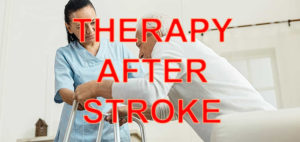 Strong evidence exists that physiotherapy improves the ability of people to move and be independent after suffering a stroke. But at six months after stroke, we know that many people remain unable to produce the movement needed for every-day activities such as answering a telephone. So, what can be done?
Strong evidence exists that physiotherapy improves the ability of people to move and be independent after suffering a stroke. But at six months after stroke, we know that many people remain unable to produce the movement needed for every-day activities such as answering a telephone. So, what can be done?
1. First, it’s important to be able to recognise if a physiotherapy intervention is really aiding a survivors’ abilities to undertake everyday activities or whether the intervention is doing less than it than it purports to/would ideally do.
This requires a deeper knowledge of the biological underpinnings of neuromuscular function. Neuromuscular function includes the ability to use weak muscles in the right order and at the right time during movement and performing everyday tasks in the same way as you did before the stroke.
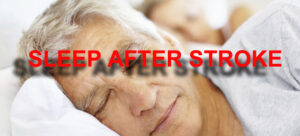 2. Second, to optimise a physiotherapist’s chances to advise/work on an optimal combination of rehab interventions for each individual after stroke, it would be ideal to find out what kinds of sleep patterns are most beneficial for them.
2. Second, to optimise a physiotherapist’s chances to advise/work on an optimal combination of rehab interventions for each individual after stroke, it would be ideal to find out what kinds of sleep patterns are most beneficial for them.
Physiotherapists need to be able to have the same opportunity to diagnose how to help each stroke survivor gain the kind of very accurate movement measures at any point in their rehabilitations that currently, only specialist University facilities can routinely produce. This equipment is obviously expensive and can only be used in large specialised laboratories.
 Ideally, more portable equipment should also be able to be accessed by therapists, which would cost less and is designed for use in small spaces. But such equipment would have to also be sensitive enough to provide meaningful feedback for therapists in a similar way to those used by the specialist labs. Such feedback could then be very useful for therapists and survivors to create optimal rehab plans together which would really enable the survivor to work on his/her edges of current ability.
Ideally, more portable equipment should also be able to be accessed by therapists, which would cost less and is designed for use in small spaces. But such equipment would have to also be sensitive enough to provide meaningful feedback for therapists in a similar way to those used by the specialist labs. Such feedback could then be very useful for therapists and survivors to create optimal rehab plans together which would really enable the survivor to work on his/her edges of current ability.
 A School of Health Sciences research team at the University of East Anglia (UEA) headed up by Professor Valerie Pomeroy have been attempting to find out if this can be done and have also been examining how sleep patterns affect rehabilitations.
A School of Health Sciences research team at the University of East Anglia (UEA) headed up by Professor Valerie Pomeroy have been attempting to find out if this can be done and have also been examining how sleep patterns affect rehabilitations.
—————

Following on from a request last year, the UEA would like to invite YOU to come TWICE to their Movement and Exercise Laboratory (MoveExLab) to get involved with this Project if you can/if it’s appropriate for your circumstances.
Dr Balchin says: you never know how such involvement can directly or indirectly push your own rehab forward, at whatever time away from stroke you are. Knowledge is power, Anything that can give you clues and cues about the state of your rehab and current/future interventions can be useful.
 Go for it if you can/if it’s appropriate for you!
Go for it if you can/if it’s appropriate for you!
Inclusion criteria: you need to be 18 or above, have had a stroke at any point in the past, be discharged from NHS stroke services and be without an allergy to latex.
What you’ll be doing:
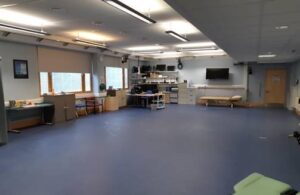 Upon application, if no contra-indications are revealed, you’ll be invited to undertake 2 assessments at the MoveExLab.
Upon application, if no contra-indications are revealed, you’ll be invited to undertake 2 assessments at the MoveExLab.
These assessments (around 90 mins to complete each) will be between 2 and 4 months apart. In each, you’ll have EMG electrodes placed on your skin using hypoallergenic sticky tape. These will measure your muscle activity as you move and don’t hurt at all, but just record your natural muscle activity during movement.
 They’ll then place reflective markers on your skin. These markers are tracked by infra-red cameras placed at the top of the walls of the MoveExLab.
They’ll then place reflective markers on your skin. These markers are tracked by infra-red cameras placed at the top of the walls of the MoveExLab.
You’ll then be asked to pick up a telephone several times, which is placed a number of different positions, whilst your performance on the tasks is recorded (and reconstructed on the computer).
Then you’ll complete some questionnaires about how you sleep.
Then you’ll wear a motion watch on each wrist for 7 days to measure your everyday activity, which you’ll then send back in an SAE.
No sort of ‘therapy’ is implemented to project participants.
The Team will be in contact with you throughout the period of your involvement.
Travel expenses can be reimbursed for return journeys of up to 50 miles (ie, 25 miles each way).
If you are travelling in from further away, you can claim travel expenses for your journey up to 50 miles in total as well.
—————-
Apply now by speaking with the principal investigator: Professor Valerie Pomeroy..
Email: v.pomeroy@uea.ac.uk Phone: 01603 59 1923
 Or get in touch with her personal assistant: Pel Fordham.
Or get in touch with her personal assistant: Pel Fordham.
Email: p.fordham@uea.ac.uk Phone: 01603 59 1923
Both will be very happy to answer any questions you might have.
Location: School of Health Sciences, Queen’s Building, University of East Anglia, Norwich Research Park, Norfolk, NR4 7TJ
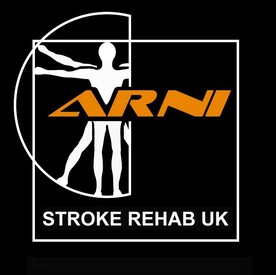

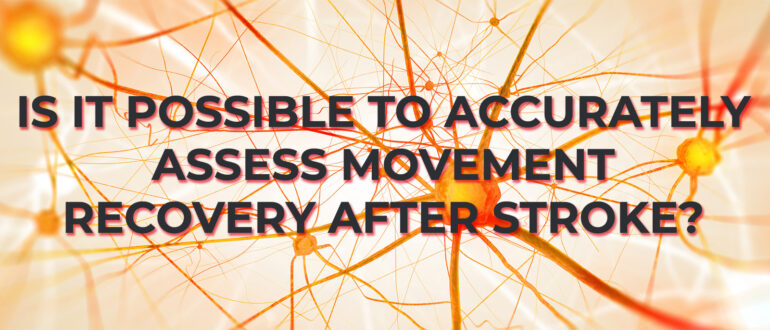

One Comment
I read this article with interest but I think four hours travelling each way is too much to undertake living as I do in Bournemouth. I am nearly three years on from my stroke And am trying to improve the function of my left arm by using it instead of my right but it is very tiring. I also knit and crochet to involve my left hand and wrist movements. I would point out that the isolation of covid combined with the totally inadequate therapy provided by the nhs has been like a brick wall! My Arni trainer Kieron has been a life line but it seems that my age (70) and energy levels combined with recovering from a bad covid vaccination response and then catching it are conspiring against me.